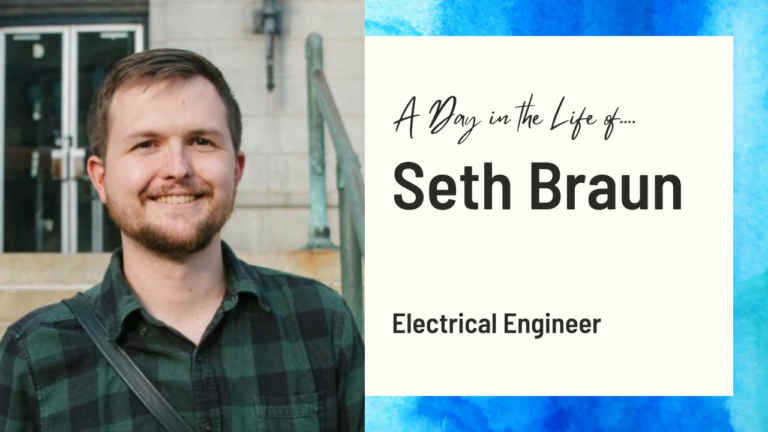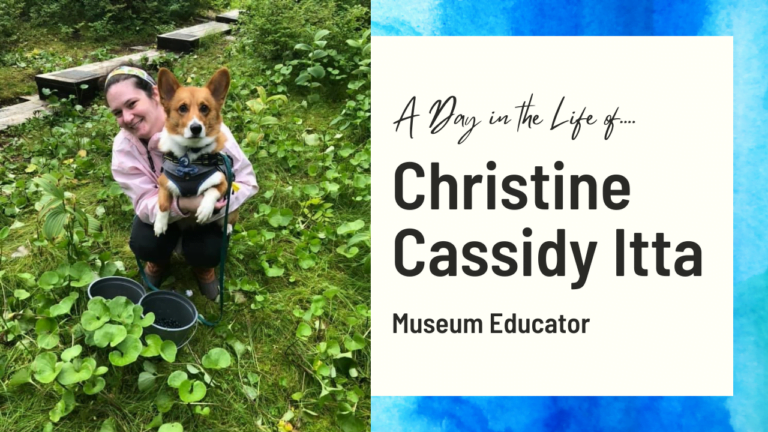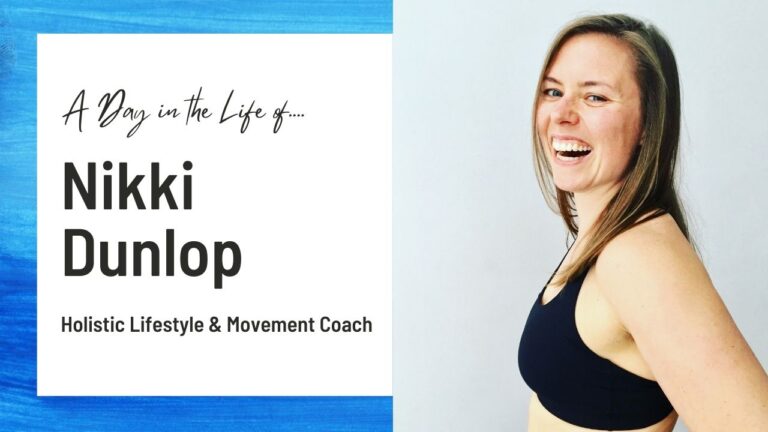Exploring Cultural Identity and World Heritage Sites with Anne Chance
Ph.D. candidate Anne Chance is a triple threat in more ways than one. Not only is she Mom to 9 year-old triplets, her doctoral program at Kennesaw State University encompasses International Conflict Management, Peacekeeping, and Development.
This program seems at first glance to be incredibly broad. However, Anne’s dream job is to work for UNESCO, The United Nations Educational, Scientific and Cultural Organization.
Specifically, Anne is interested in World Heritage Sites. These sites are designated as having ‘Outstanding Universal Value’ and are significant across countries and generations.
Through multiple interviews in the process of her dissertation, Anne developed an interest in identifying bias and/or prejudice that’s applied to the selection process–which has traditionally been very Western-focused.
Anne shared her tips for self-care while balancing her triplets (who she says could be a law firm!) with homeschooling during Covid, as well as her own Ph.D. courses. Be sure to check the list of World Heritage Sites!
In this blog, we’ll discuss Anne’s background and the cultural significance of staying connected to your roots and the role World Heritage Sites play in this.
Background of scholar Anne Chance
Anne Chance grew up all over the East Coast, from the sunny shores of Florida to the bustling streets of New York. Actually, she met her husband in Florida thanks to a family set-up. Everyone thought he’d be the perfect guy for Anne – and they were right.
Now the mother of triplets, Anne works to balance the demands of raising three children alongside her pursuit of higher education. When we spoke with Anne, she was in the process of completing a PhD focused on international peace management, peacebuilding, and development. Her academic pursuits are marked by a commitment to making a difference on a global scale.
Before the COVID-19 pandemic reshaped the world, Anne worked as a graduate research assistant at a children & family program. In this role, she worked to shorten the time it takes for working parents to complete their degrees. Her efforts were aimed at breaking down the barriers that often hinder parents from pursuing higher education, such as financial constraints and childcare responsibilities.
Anne’s PhD program is interdisciplinary, so the course provides her with a well-rounded and comprehensive understanding of the complex dynamics of peace and conflict resolution. Many alumni from her program have gone on to work with prestigious organizations such as the United Nations and the United States State Department.
Anne’s dream job is to work for UNESCO. This goal aligns quite well with her thesis research interests – World Heritage Sites and their impact on preserving cultural heritage and fostering peace. Her dissertation delves into the intricacies of heritage sites and conflicts, with a keen focus on inclusivity in the nomination process.
What are World Heritage Sites and why do they matter?
Wherever you are, you’re likely to find something really special – some place or some thing that holds the unique footprint and story of generations past. We can think of World Heritage Sites as chapter markers in the book of our shared history.
What is a World Heritage Site?
A World Heritage Site is a location of significant cultural, historical, scientific, or natural value that is recognized and protected by UNESCO. These sites can be found in nearly every corner of the globe and can take many forms, from ancient cities and archaeological sites to natural wonders like national parks and forests. They are considered jewels of our human heritage and play a vital role in preserving our collective legacy.
Photo by Diego Gonzalez
World Heritage Sites are classified into three distinct categories: cultural, natural, and mixed.
Cultural heritage sites encompass a vast array of human achievements, from historic buildings and town sites to archaeological wonders and monumental works of art. These sites are the custodians of our history and offer insights into the diverse cultures and civilizations that have come before us.
Natural heritage sites are a testament to the Earth’s incredible beauty and all its different dynamic processes. Some heritage sites showcase Earth’s geological wonders, revealing its history and geological processes; others provide a window into ongoing ecological and biological evolution, offering glimpses of nature’s remarkable adaptability and resilience.
Some natural heritage sites are renowned for their rarity, uniqueness, or breathtaking beauty, while others serve as crucial habitats for rare or endangered species, providing a place for the conservation of biodiverse animals and plants.
There are also mixed heritage sites, which combine elements of both cultural and natural significance. These sites provide a holistic view of the relationship between human culture and the natural environment.
Interestingly, if you look at the World Heritage List, you’ll see a ratio of approximately three cultural sites to every natural site.
The benefits of world heritage sites
World Heritage Sites offer a multitude of benefits that extend far beyond their physical boundaries. Here are some of reasons why these sites are essential to our human society:
Preservation of cultural heritage
World Heritage Sites safeguard the cultural treasures of our ancestors. They ensure that ancient cities, monuments, and artifacts are protected for future generations to learn from and appreciate.
Conservation of natural beauty
Many World Heritage Sites are natural wonders, such as the Great Barrier Reef or Yellowstone National Park. By designating these areas, we commit to preserving the stunning landscapes and ecosystems that make our planet so unique.
Tourism and economic growth
World Heritage Sites often draw tourists from around the world. This influx of visitors boosts local economies, creates jobs, and provides funds for site maintenance and protection.
Educational value
These sites are invaluable resources for education and research. They provide opportunities for scientists, historians, and scholars to study and learn about our planet’s history and natural processes.
Fostering of peace and understanding
By recognizing and celebrating the diversity of cultures and environments, World Heritage Sites promote global cooperation and understanding. They remind us of our shared human history and the importance of preserving the human story.
Why is cultural preservation important?
Culture is an amalgamation of the stories of our past, both spoken and untold; beliefs we once did or still do hold; traditions that hold a special place in our hearts; practices that have contributed to society, whether good or bad.
Photo by Anderson Guerra
Our individual culture shapes the way we view the world and forms the foundation of our personal identities. Below are some reasons we should all stay connected to our individual culture, as well as those of others:
Cultural Preservation as a link to our past
Cultural preservation is like a time capsule that allows us to peer into the past and understand the roots of our immediate community or geographical area. It answers questions like:
- Why do the people in my community talk or act the way they do?
- Why does my town and the buildings or structures in it look a certain way?
- Why do we eat the foods we do?
The idea of culture preserves the customs, rituals, and values of our ancestors. Without anyone to pass traditions or beliefs on, or safeguard cultural heritage, we risk losing touch with our history. In turn, a crucial part of our collective identity can vanish.
Culture preservation ensures that future generations can learn from both the mistakes and victories of the past.
Culture fosters a sense of belonging and identity
Culture serves as a source of belonging and identity. It helps people understand their identity and place in the world more. When people are disconnected from their cultural roots, they may experience a sense of displacement and isolation. Those who maintain a strong connection to their culture often feel a deep sense of belonging and purpose. It helps individuals navigate the complexities of modern life while staying grounded in who they are.
Celebrating diversity and promoting understanding
Cultural diversity is one of humanity’s greatest treasures. It exposes us to different perspectives, worldviews, and ways of life. When we actively engage with and respect cultures different from our own, it promotes tolerance and fosters global unity.
By actively preserving and celebrating our own culture while embracing others, we create an environment where people of all backgrounds can coexist harmoniously.
Culture as fuel for creativity and innovation
Culture is a gushing fountain of creativity and innovation. It inspires artists, writers, musicians, and even philosophers to explore new ideas and concepts. Cultural exchange often leads to the fusion of traditions or groundbreaking art.
Culture strengthens communities
Cultural traditions often form the backbone of strong and resilient communities. It provides opportunities for people to come together, celebrate shared values, and support one another.
Whether through festivals, rituals, or communal gatherings, a strong culture fosters a sense of unity that is essential for social cohesion.
Culture preserves wisdom and knowledge
Cultural heritage studies offer a repository of wisdom and knowledge accumulated over centuries.
Whether through the transmission of ancient traditions or the creation of new ones, our cultural heritage plays a vital role in shaping our individual and collective identities.
By embracing and safeguarding culture, whether or not it’s our own, we not only honor our past but also pave the way for a richer, more diverse, and interconnected future.
A day in the life of a scholar and songwriter
A regular day in the life of Anne Chance may look a little chaotic with triplets to keep an eye on – She has to strike that fine balance between family life, work, and recreation.
Anne admitted that during the COVID-19 pandemic, she struggled to balance parenthood, secular obligations, and self-care.
After spending so much time at home, Anne realized the importance of staying active and moving around.
When she can steal some time for herself, you might find Anne writing music, singing songs, and playing her guitar.
Every year, she makes it a point to attend her favorite songwriting retreat. This not only gives her a chance to get away, but reignites a creative spark that’s often dulled by her intense studies and regular routine.
A big fan of sci-fi, you may even find her hanging out at Dragon Con or some other convention.
Conclusion
Anne is a scholar and peacemaker on a mission to understand and bring about global unity. Her academic work focuses on the significance of World Heritage Sites while also identifying ways governing organizations can do better to be more inclusive.
She sees barriers in the world, whether that’s a lack of inclusivity or achieving your professional dreams as a parent, as walls just waiting to be broken down.
We’re inspired by the example she sets as a mother of 3 fervently pursuing what she’s passionate about. Understanding that parenthood should never be a barrier to academic achievement is a powerful realization – Her work serves as a reminder that by supporting one another, we can create a world where education and unity is accessible to all.







